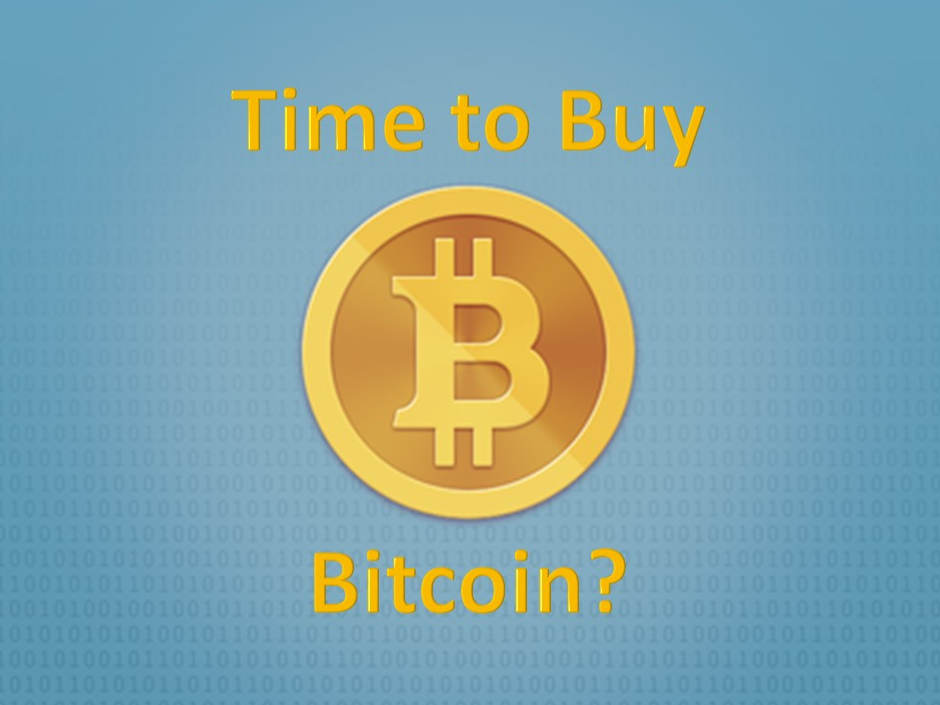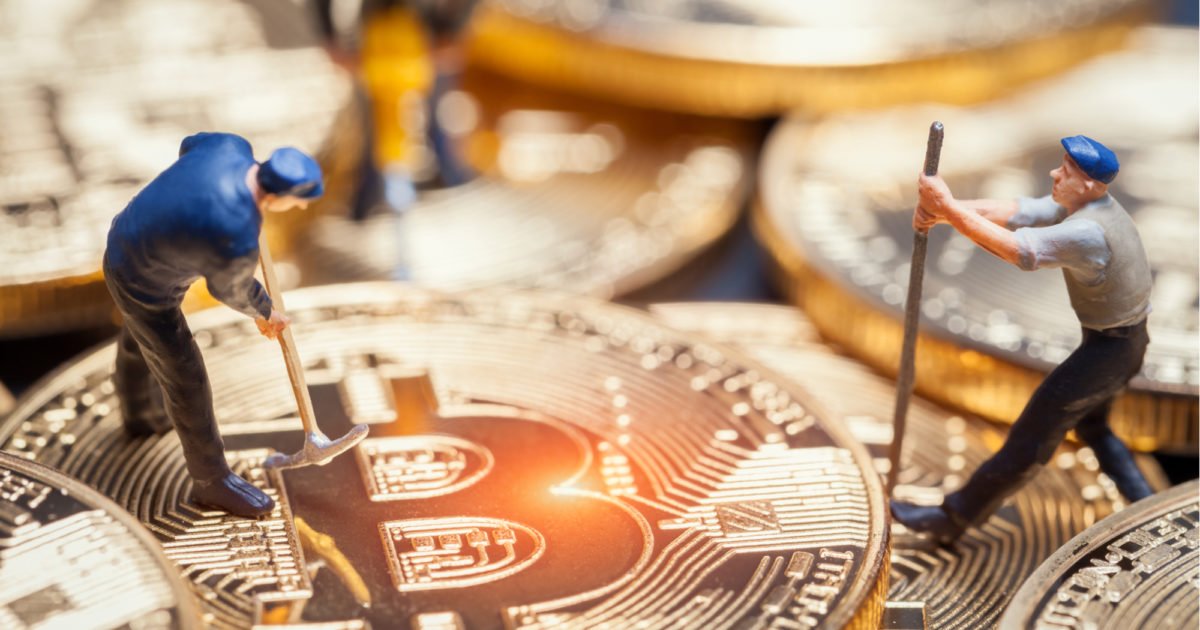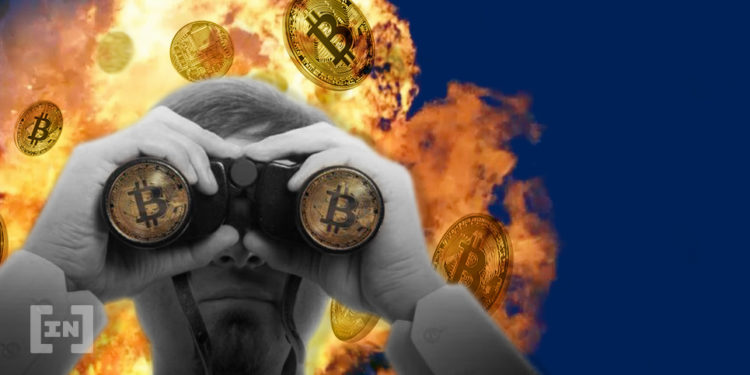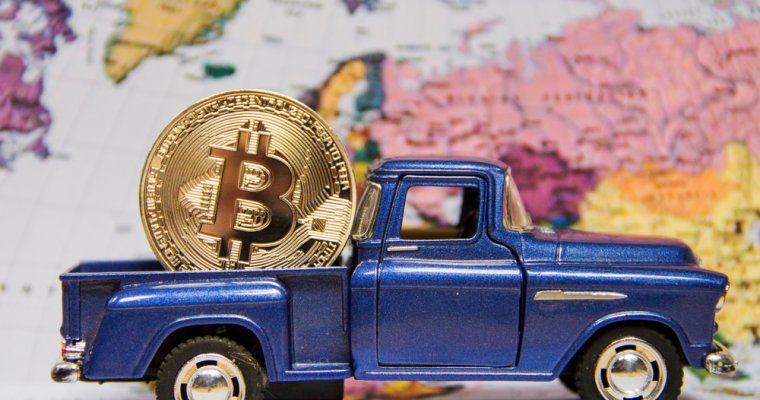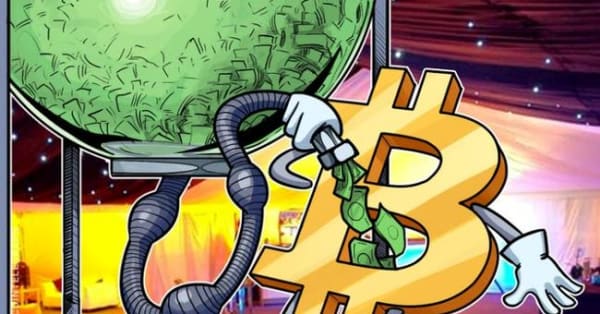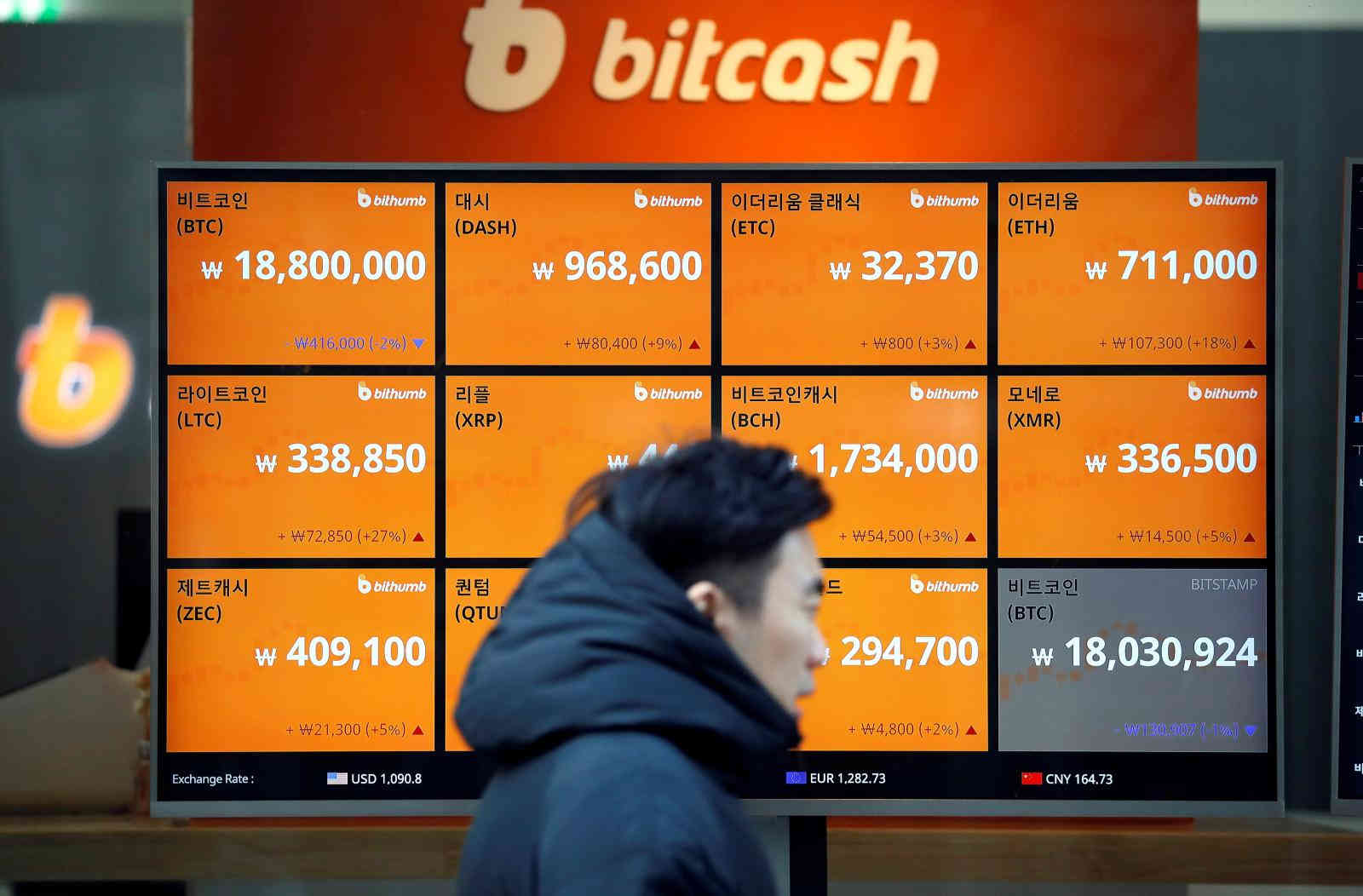THE initial price of bitcoin, set in 2010, was less than one US cent. On Nov 29, it crossed US$11,000.
Once seen as the province of nerds, libertarians and drug dealers, bitcoin today is drawing millions of dollars from hedge funds. The recent price surge may be a bubble. Or it could be a belated recognition by the broader financial community that so-called cryptocurrencies – digital forms of money – are going mainstream. It might be time to nail down what a bitcoin is, and why its price has been going through the roof.
1 What exactly is bitcoin?
It’s a form of money that’s remarkable for what it’s not: It’s not currency you can hold in your hand. It’s not recognized by most Main Street stores. It’s not issued or backed by a national government. At their core, bitcoin and its imitators are sets of software protocols for generating digital tokens and for tracking transactions in a way that makes it hard to counterfeit or re-use tokens. A bitcoin has value only to the extent that its users agree that it does.
2 Where did the bitcoin system come from?
The original software was laid out in a white paper in 2008 by a person or group of people using the pseudonym Satoshi Nakamoto, whose identify remains unknown, despite several efforts to assign or claim credit. Online fantasy games had long used virtual currencies. The key idea behind bitcoin was the blockchain – a publicly visible, largely anonymous online ledger that records bitcoin transactions.
3 How does that work?
Think about what happens if you make an online transfer using a bank. It verifies that you have the funds, subtracts that amount from one spot in a giant database it maintains of accounts and balances, and credits it in another. You can see the result if you log on to your account but the transaction is under the bank’s control. You’re trusting the bank to remove the right amount of money, and the bank is also making sure you can’t spend that money again. The blockchain is a database that performs those tracking functions — but without the bank or any other central authority.
4 Who performs the bank function for bitcoin?
It’s done by consensus on a decentralised network. Bitcoin transactions can be made through sites offering electronic “wallets” that upload the data to the network. New transactions are bundled together into a batch and broadcast to the network for verification by so-called bitcoin miners.
5 Who gets to be a miner?
Anybody, so long as you have really fast computers, a lot of electricity and a desire to solve puzzles. The transaction data in each batch is encrypted by a formula that can be unlocked only through trial-and-error guessing on a massive scale. The miners put large-scale computing power to work as they compete to be the first to solve it. If a miner’s answer is verified by others, the data is added to a linked chain of blocks of data and the miner is rewarded with newly issued bitcoin.
6 How does the system prevent cheating?
Because every block contains data linking to earlier blocks, an attempt to spend the same bitcoin twice would mean revising many links in the chain. Plus, as miners compete, they verify each other’s work each step of the way.
Read more at https://www.thestar.com.my/business/business-news/2017/12/02/all-you-need-to-know-about-bitcoins-rise-from-us001-to-us11000/#3lEhpUA1iIGaWTmo.99
Source/More: All you need to know about bitcoin’s rise, from US$0.01 to US$11,000 – Business News | The Star Online

